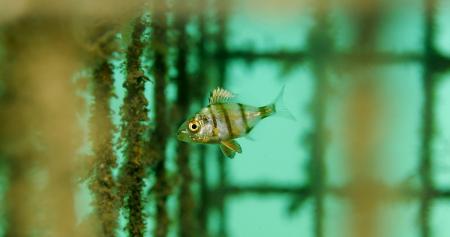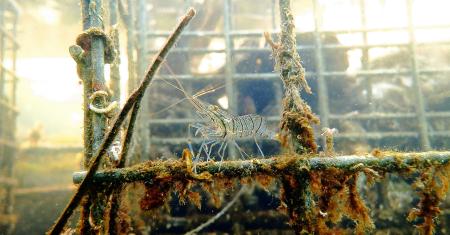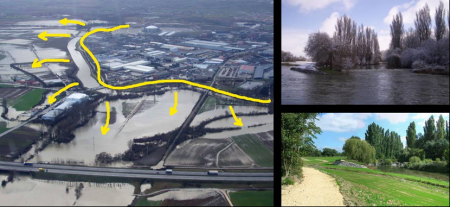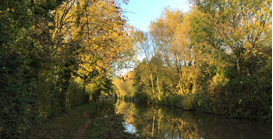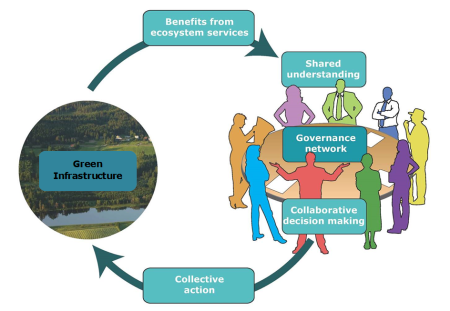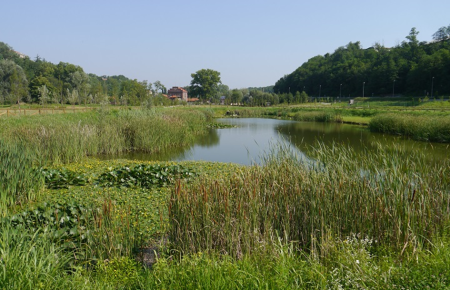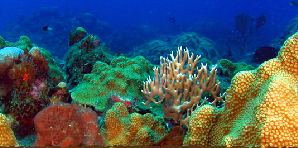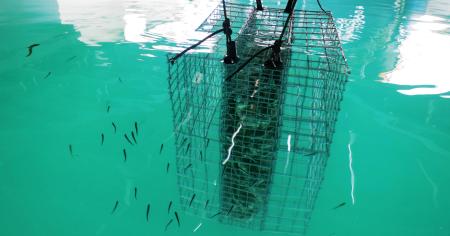
Resource description:
The Biohut is an artificial fish nursery meant to equip port infrastructures such as docks, pontoons or dikes. By providing food and shelter to the young fish, it restores the ecological nursery function that was lost when natural shallow coastal water were turned into urban environment. The Biohut reproduces the nursery function by a two-cages system: the inside cage is filled with empty oyster shells where a great variety of algae and tiny crustaceans will attach, providing food to the small fish, while the two empty cages around provide protection as their mesh size only allow the small fish to enter, keeping their predators outside.
Author/Contact:
Ecocean CEO Gilles Lecaillon : gilles.lecaillon@ecocean.fr
Sales representatives : Yann Guais : yann.guais@ecocean.fr (+33 6 46 84 53 26)
Northern Europe : Marie Brousse : marie.brousse@ecocean.fr (+31 6 15 54 69 38)
ECOCEAN SAS
1342 Avenue de Toulouse 34070 Montpellier
+33 4 67 67 02 84
Images
Requirements:
- The Biohut is only meant for ports or marinas who have already achieved a good water quality.
- Biohuts are meant to equip docks (concrete or steel), pontoons, rocky breakwaters or moorings.
Advantages:
- The process has been validated scientifically through several research projects (Bouchoucha et al, MEPS 2016)
- Small and flexible, the Biohut can easily adapt to all locations and is fully operational. More than 1500 have already been installed worldwide.
- Beside its ecological benefits, the Biohut is a good tool to collect scientific datas on coastal colonization by juvenile fish (ex: RESPIRE monitoring network), but also raise public awareness on marine biodiversity.
Uses of this resource:
The Biohut is meant for port or marinas director willing to achieve environmental excellence by including biodiversity into their environmental program (more information on dedicated website: www.nappex.fr)
It is also suitable as mitigation process in the context of coastal development (see brochure)
Licence:
- Commercial
Development stage:
- Full, working product
Quality assurance:
- Scientific peer review
- Professional references
